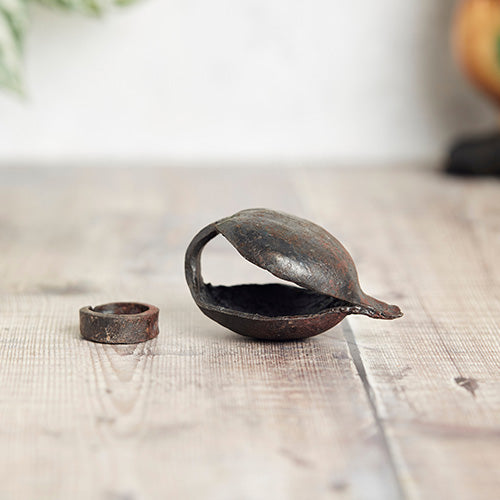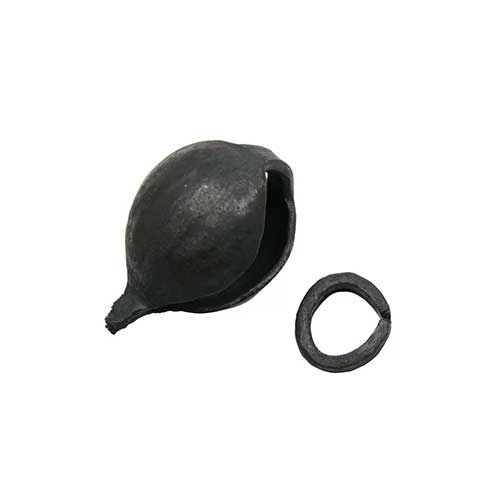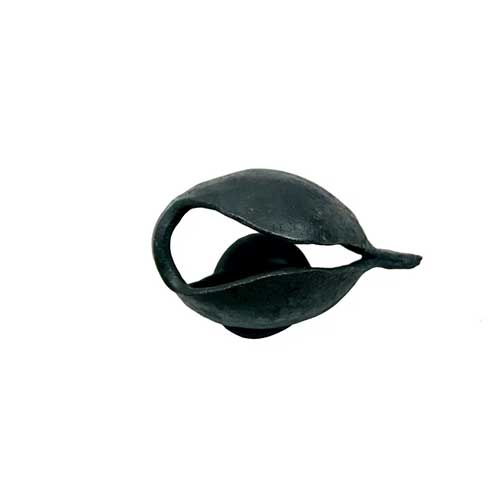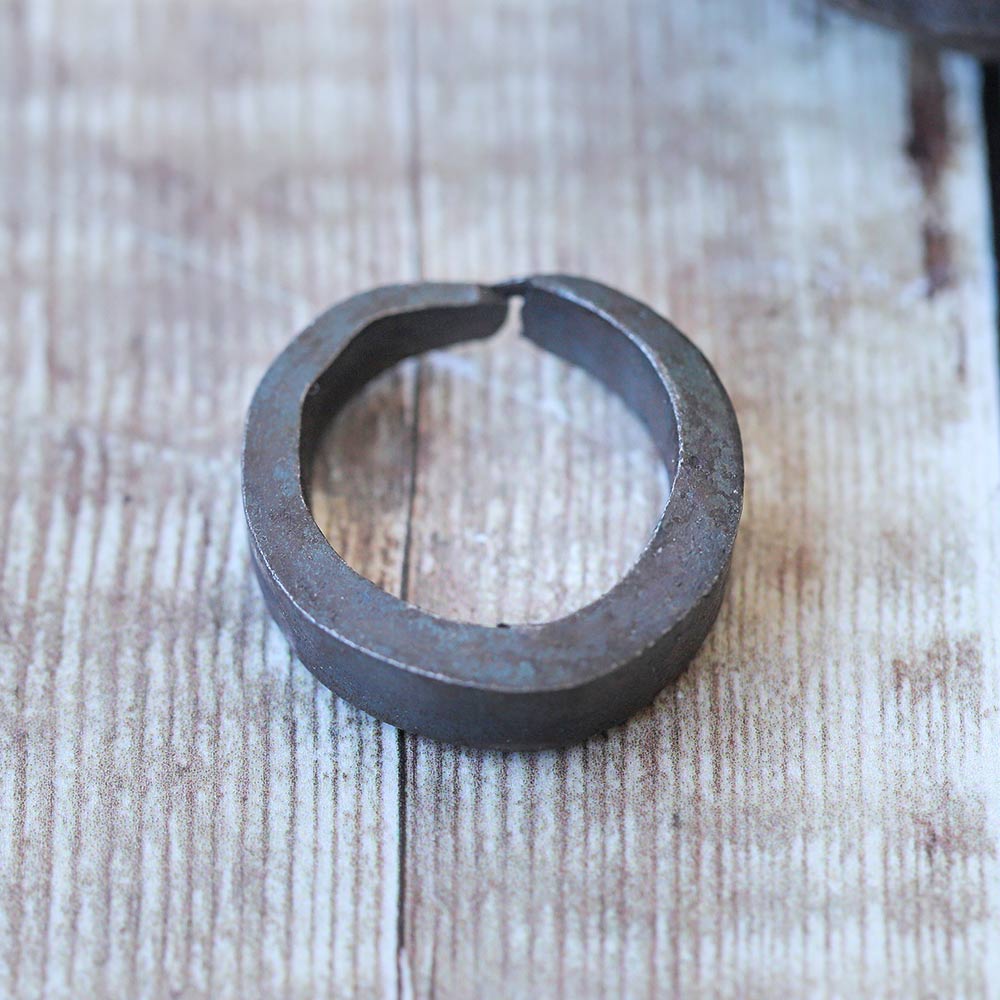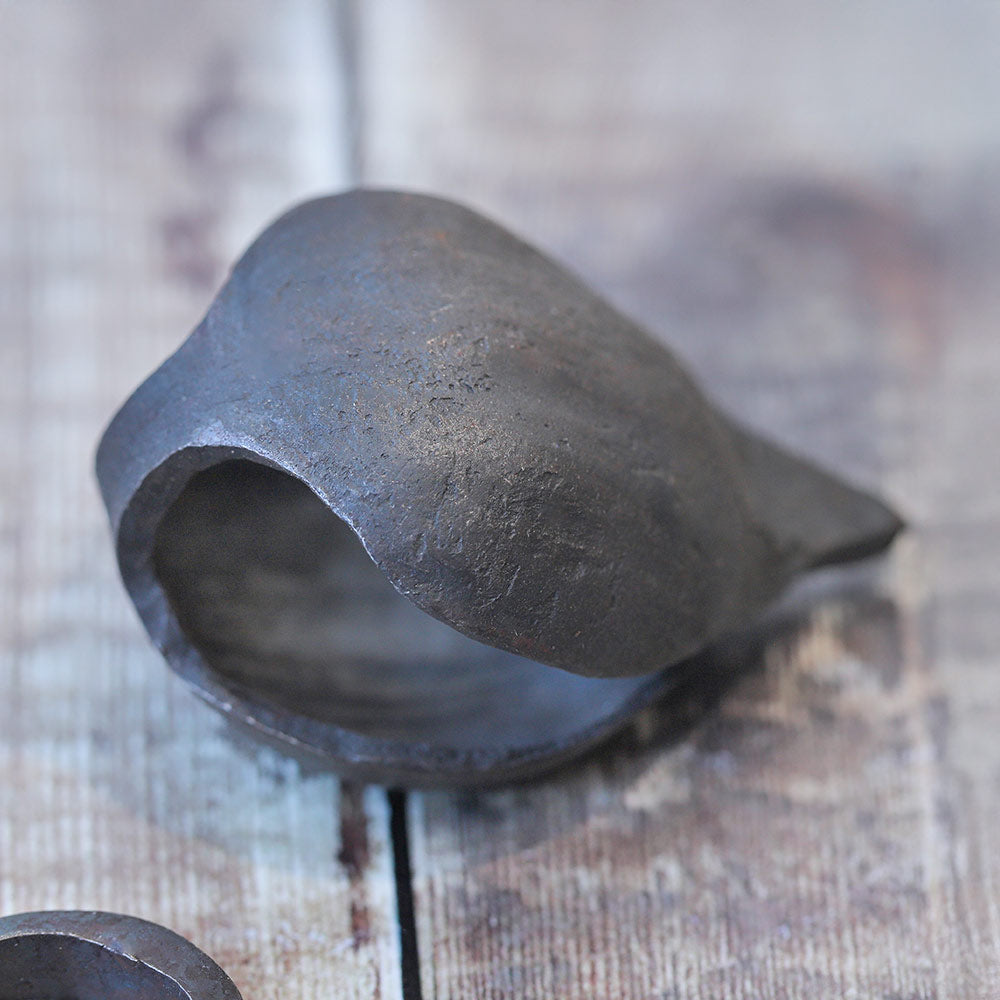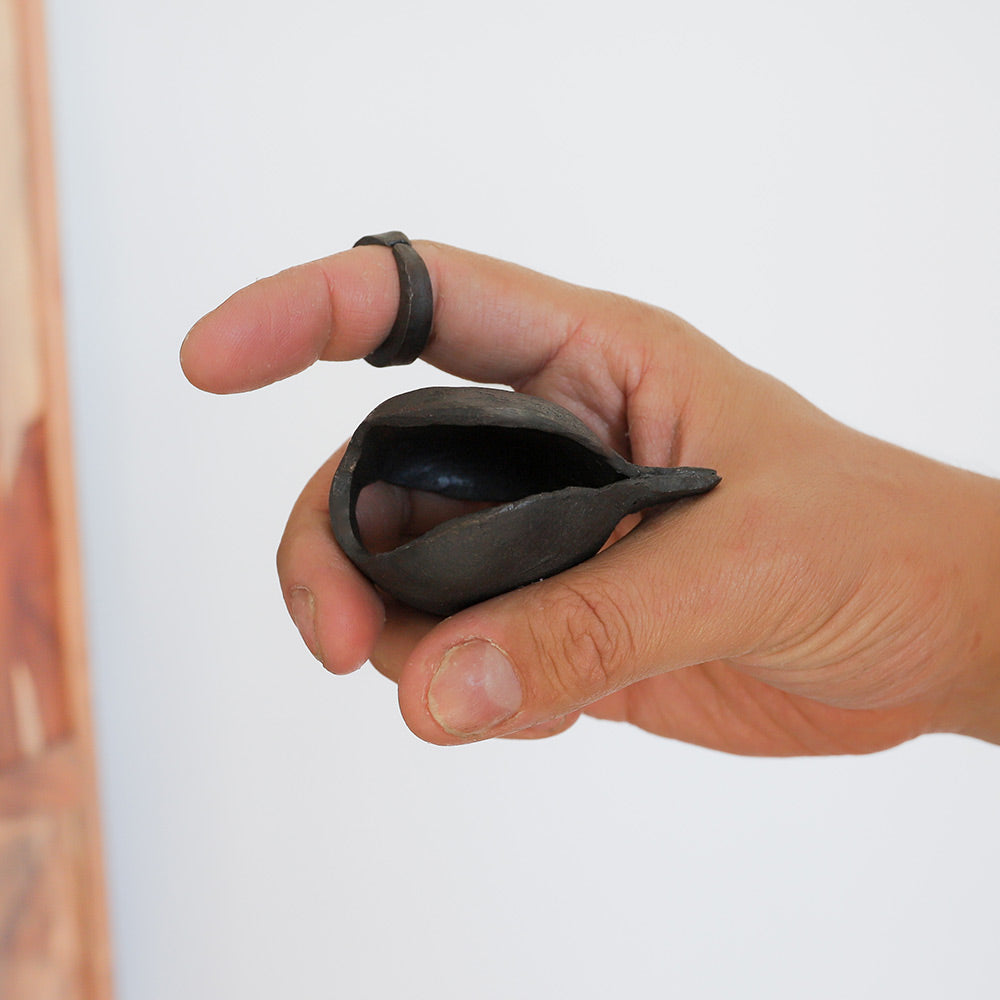Description
The Grello Fingerbell is the hand percussion instrument that will transport you to the heart of African music! This rare and traditional instrument is made up of two pieces of metal clacker, where you place the metal ring on your thumb and tap on the metal shell to create a unique sound that is truly one-of-a-kind. Originating from Ghana, this African castanet is not only a great source of fun, but also a cultural gem that can add a touch of authenticity to any musical performance. Don't miss out on the chance to experience the magic of Grello Fingerbell and explore the history of African music!
Features
-
Unusual African Instrument
-
Not suitable for children under 5 years old
-
Handmade, fair trade, eco-friendly and fun
-
Great music gift
Weight & dimensions
Size: 8cm x 4.5cm
Weight: 200g
Specifications
Product Type: Fingerbell
Colour: Black
Material: Iron
Number of units included: 1
Shape: Leaf
Product Care: Wipe with cloth
Safety Warning: This product may contain small parts that pose a choking hazard, may have sharp edges, or may be heavy and fragile. It is not intended for use by children without adult supervision. Use with care to avoid injury. Handle and maintain the product responsibly to ensure safety. Buyers are responsible for ensuring safe use and care of the product. This is a general guide and it is not a substitute for proper supervision.
Country of Origin: Ghana
Technical Details
|
Name |
Grello Fingerbell |
|
Product Type |
Fingerbell |
|
Country of Origin |
Ghana |
|
Craftsmanship |
Handcrafted |
|
Material |
Iron |
|
Pitch |
High Pitch |
|
Decay time |
78ms |
|
Dominant Frequency Range |
1.7khz - 9khz |
|
Frequency Range |
200hz - 17khz |
|
Peak decibels |
91db |
|
RMS decibels |
70db |
|
Loudness Rating |
9 |
|
Difficulty Rating |
4 |
|
What’s included |
Fingerbell |
|
Attack |
2ms |
|
Timbre Tone Colour |
Bright and metallic |
|
Dynamic Range |
Low |
|
Recommended Age |
13 years + |
Frequently Asked Questions
Is the grello suitable for beginners?
Yes, the Grello is beginner-friendly and easy to use. However, due to small parts, it's not recommended for children under 5 years old.
How to play the grello?
To play it, simply wear the ring on your thumb and either hold the bell in your hand or secure it to your finger. By striking the bell with the ring, you create a sharp, metallic tone that allows for dynamic rhythmic patterns, much like castanets, making it an effective and expressive tool in traditional African music.
What is the grello used for?
Originating from Ghana, the Grello is used in traditional African music to keep time and add rhythmic accents in drumming ensembles. It's also utilized in ceremonial music in regions like Yorubaland and in practices such as Candomblé.

